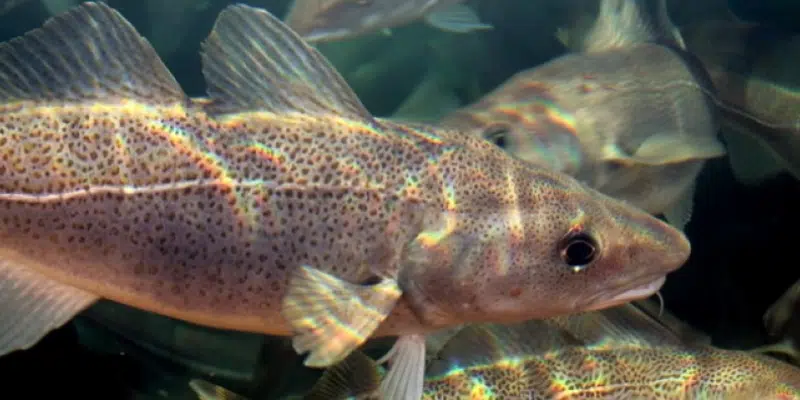The smell of salt air mingled with anticipation along Newfoundland’s coastal communities this weekend as residents dusted off their jigging rods and prepared their boats for the season’s first recreational cod fishery opening.
“Been waiting all winter for this,” said Tom Mercer, a 67-year-old lifelong resident of Petty Harbour, as he loaded his small open boat before sunrise. “It’s not just about catching fish—it’s our heritage, our connection to the sea that goes back generations.”
The Department of Fisheries and Oceans Canada announced the 2025 recreational cod fishery schedule last month, allocating 38 days split between summer and fall periods. This year’s allocation remains consistent with previous seasons, allowing each person or boat to catch five groundfish per day, with a maximum of 15 fish per boat when three or more people are fishing.
For many Newfoundlanders, the recreational fishery represents more than just a chance to catch dinner—it’s a cultural touchstone that survived even after the commercial moratorium of 1992 devastated fishing communities across the province.
“You have to understand that catching cod is woven into our identity,” explained Dr. Barbara Neis, research professor at Memorial University who has studied Newfoundland fishing communities for decades. “When people go out jigging cod, they’re participating in a tradition that connects them directly to their ancestors and to the sea that has always sustained us.”
The 2025 season comes amid ongoing debates about the health of Northern cod stocks. The latest stock assessment from DFO indicates modest growth in biomass levels, though scientists caution that numbers remain well below historical levels and far from what would be considered recovered.
Ryan Cleary, former MP and longtime fishery advocate, voiced concerns about the management approach. “The recreational fishery is important culturally, but we need to be talking about the bigger picture. Thirty-three years after the moratorium, we still don’t have a rebuilding plan with clear targets and timelines for Northern cod recovery,” he said during a recent community meeting in St. John’s.
For coastal communities, the recreational fishery brings economic benefits beyond the value of the fish itself. Local businesses report noticeable upticks during fishing weekends as people purchase supplies, fuel, and food.
“The weekends when the food fishery is open are like mini-holidays around here,” said Sarah Jenkins, who operates a small convenience store in Bonavista. “I’ll sell more coffee and sandwiches in one food fishery morning than I might all week otherwise.”
This year’s schedule features two distinct periods—a summer season running weekends from late June through August, and a fall season extending through September and early October. The timing aims to balance conservation concerns with providing meaningful access for participants.
Weather conditions for the opening weekend proved nearly perfect across most of the island, with light winds and moderate seas greeting the thousands who took to the water. Coast Guard officials reported no major incidents, though they maintained an increased presence as they typically do during fishery openings.
Among those enjoying the weekend was the Parsons family from Mount Pearl, spanning three generations in one boat. “My grandfather taught my father, my father taught me, and now I’m teaching my son,” said Michael Parsons, 42, as his 11-year-old jigged alongside him. “When that first cod comes over the gunwale, there’s a feeling you can’t really explain to someone who hasn’t experienced it.”
For newer residents, the recreational fishery offers a chance to connect with Newfoundland traditions. “I moved here from Toronto five years ago, and this is my second time participating,” said Aisha Mohammed, who went fishing with longtime neighbors. “There’s something special about catching your own food and sharing it with friends afterward.”
Conservation groups continue monitoring the recreational fishery’s impact. The latest data from DFO estimates annual recreational catches at approximately 170-200 tonnes—a fraction of historical commercial harvests but still significant enough to warrant management.
“Every fish matters when you’re dealing with a recovering stock,” noted Kimberly Fuller of the Atlantic Conservation Coalition. “We support the recreational fishery continuing, but with careful monitoring and conservative limits.”
As evening approached on opening day, the smell of cod frying in kitchens across the province signaled success for many participants. Backyard gatherings featuring fresh-caught fish accompanied by traditional fixings of scrunchions, potatoes, and drawn butter represented the culmination of a day that connects modern Newfoundlanders to their past.
“You know what makes this cod taste better than any you’ll ever buy in a store?” asked Peter Ryan as he served plates to neighbors gathered around his Conception Bay South patio. “It’s knowing you caught it yourself, just like your parents and grandparents did. That’s something you can’t put a price on.”
As boats returned to harbors and participants shared stories of their catches, the 2025 recreational cod fishery officially entered the books—another chapter in Newfoundland’s ongoing relationship with the fish that has defined it for centuries.






